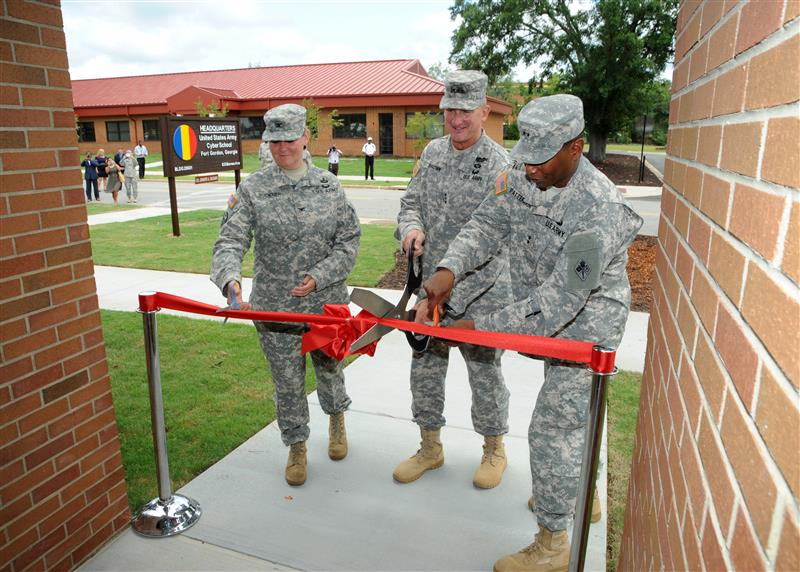History

New warfighting domains are not established very often. Space joined land, sea, and air as a domain in 1962 when the U.S. first pursued anti-satellite weapons. Forty-two years later, in 2004, the Joint Chiefs declared Cyberspace to be a warfighting domain as digital systems could be used to create intended effects. In October 2010, the DOD established Army Cyber Command, but most cyber assets were still primarily attached to the Military Intelligence and Signal Branches. Senior leaders recognized the need for Army Cyber personnel to have their own career field, and in 2014, Fort Eisenhower became the home of the new Cyber Center of Excellence, which directs all Signal and Cyber training for the Army. Additionally, the Cyber Branch became official on September 1, 2014. During this period, the Army also directed the Cyber School to oversee Electromagnetic Warfare training as all EW personnel transitioned to the new Cyber Branch. Operating under the Cyber School, HQ&A Company started its first class with a Cyber Basic Officer Leaders Course in 2015, and the Cyber Training Battalion, now known as the 401ST Cyber Battalion, was officially activated in 2016.
The first decade of the Army Cyber School and Branch witnessed many milestones and achievements. The Cyber School’s growth during this time is evident by the increase from 32 to over 3,600 students per year. Additionally, between Active Duty, Guard and Reserve, the Army Cyber Force now numbers over 6,000 personnel.
Today, the 401st Cyber Battalion, which consists of HQ&A, Bravo, and Charlie Companies, stands as the foremost Cyber education center in the Department of Defense, with a mission of developing Cyber leaders and Soldiers to defend, attack, and exploit a path to victory on the battlefield of cyberspace.
Cyber Battalion, which consists of HQ&A, Bravo, and Charlie Companies, stands as the foremost Cyber education center in the Department of Defense, with a mission of developing Cyber leaders and Soldiers to defend, attack, and exploit a path to victory on the battlefield of cyberspace.